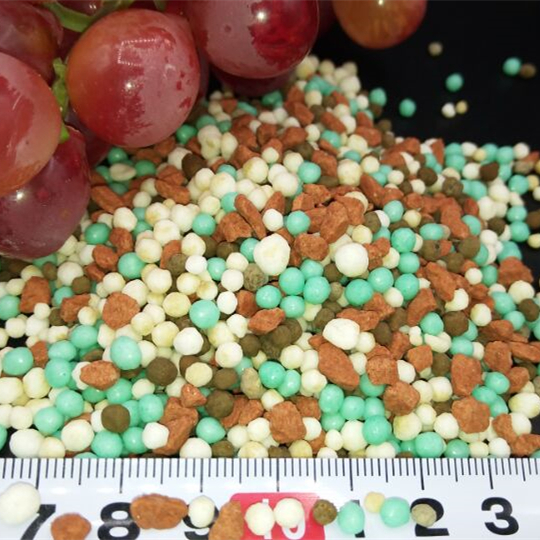
Dec . 02, 2024 03:30 Back to list
Exploring the Benefits of 28-0-4 Fertilizer for Thriving Plant Growth
Understanding 28-0-4 Fertilizer Composition, Uses, and Benefits
Fertilizer is a critical component of successful agricultural practices and gardening. Among the wide variety of fertilizers available, 28-0-4 fertilizer stands out due to its specific nutrient composition. Comprised of 28% nitrogen, 0% phosphorus, and 4% potassium, this formulation serves distinct purposes in promoting plant growth and health.
Composition Breakdown
The numbers in a fertilizer formula, such as 28-0-4, refer to the percentages of the primary nutrients nitrogen (N), phosphorus (P), and potassium (K). In this case, the fertilizer contains a high percentage of nitrogen, which plays a vital role in vegetative growth. Nitrogen is essential for the synthesis of chlorophyll – the pigment responsible for photosynthesis – and helps plants produce new leaves and stems.
The “0” in the middle signifies that there is no phosphorus, an element critical for root development, flowering, and fruiting. While some plants may still benefit from phosphorus, a 28-0-4 formula is typically designed for situations where phosphorus is already abundant in the soil or where the plant’s current growth phase does not require it. The 4% potassium aids in overall plant health, enhancing disease resistance, water regulation, and enzyme activation.
Recommended Uses
28-0-4 fertilizer is particularly beneficial for specific plants and situations. It is an excellent choice for leafy vegetables, grasses, and plants that require robust foliage, such as lawns and ornamental plants. Because of its high nitrogen content, it is often applied in the early growth stages of crops when promoting healthy foliage is crucial for maximizing photosynthesis and minimizing stress.
In agricultural applications, farmers might use this fertilizer on crops like corn or wheat, which thrive on elevated nitrogen levels. When the goal is to encourage lush growth without the immediate need for phosphorus, 28-0-4 serves as an effective choice.
28-0-4 fertilizer

Application Methods
When applying 28-0-4 fertilizer, timing and method are essential for achieving optimal results. It can be applied through broadcasting, where it is spread evenly across the soil, or as a side dressing, where it’s placed alongside rows of crops. For best results, it’s advisable to apply the fertilizer at the beginning of the growing season, as plants will benefit most from the nitrogen when they are actively growing.
Additionally, soil testing is crucial before application to ensure that nitrogen levels in the soil do not exceed what is necessary for growth. Over-fertilization can lead to nutrient runoff, which can contaminate local waterways and harm the ecosystem.
Environmental Considerations
While 28-0-4 fertilizer offers significant advantages, it’s essential to consider environmental impacts. Excess nitrogen can lead to leaching into groundwater or runoff into streams and rivers, contributing to eutrophication – a condition that causes harmful algal blooms and depletes oxygen in aquatic systems. To mitigate these effects, it is crucial to follow recommended application rates and timings, ensuring that nutrients are utilized effectively by plants.
Conclusion
In summary, 28-0-4 fertilizer is a powerful tool for promoting lush, healthy plant growth. With its high nitrogen content, it supports vigorous foliage development, making it ideal for various crops and ornamental plants. However, it’s important to use it judiciously to protect the environment. Understanding the nutrients you’re providing and applying them correctly will help you cultivate thriving gardens and productive fields. By managing the use of fertilizers like 28-0-4 responsibly, you can support not only your gardening or farming efforts but also contribute to sustainable agricultural practices.
-
10 10 10 Fertilizer Organic—Balanced NPK for All Plants
NewsJul.30,2025
-
Premium 10 10 10 Fertilizer Organic for Balanced Plant Growth
NewsJul.29,2025
-
Premium 10 10 10 Fertilizer Organic for Balanced Plant Growth
NewsJul.29,2025
-
Premium 10 10 10 Fertilizer Organic for Balanced Plant Growth
NewsJul.29,2025
-
50 Pound Bags of 13-13-13 Fertilizer for All Plants – Bulk & Organic Options
NewsJul.28,2025
-
High-Efficiency 15-30-15 Granular Fertilizer for Healthy Crops
NewsJul.28,2025
